Attention: Sometimes we receive a commission when you make a purchase through the links on our site.
The coop is one of the first things to consider before getting chickens. What size will it be? Where will it go? Once you’ve got it figured out, the next steps can feel daunting, but they don’t need to be. Below is pictured 33 plans for a chicken coop. Scroll through, find one you like, then click through and follow the plan to build the perfect chicken coop for you and your chickens.
#1 Wichita Cabin Coop
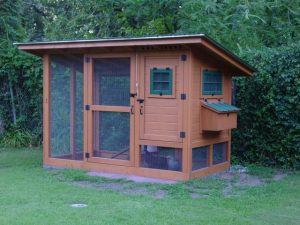
#2 Red, White, and Blue Coop
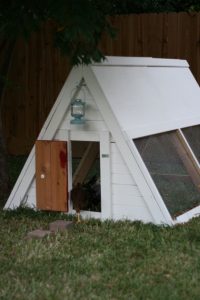
#3 West Wing Coop
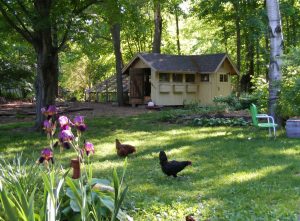
#4 Urban Nest
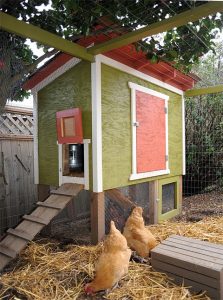
#5 Two Dog Farm
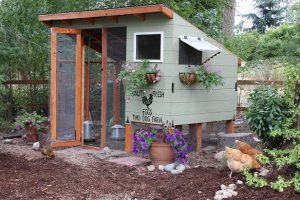
#6 Trictle’s Coop
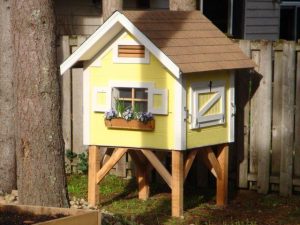
#7 Kansas Barn
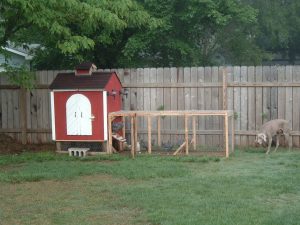
#8 The Nest Egg
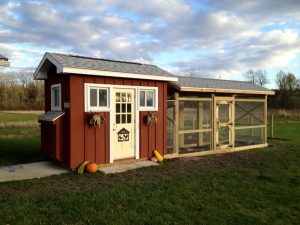
#9 The Choo Choo

#10 Crib Coop
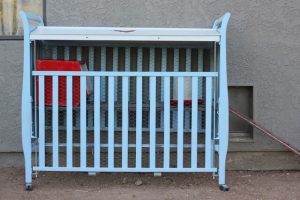
#11 Shabby Chic
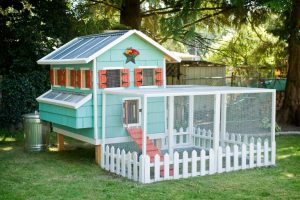
#12 Geodesic Dome
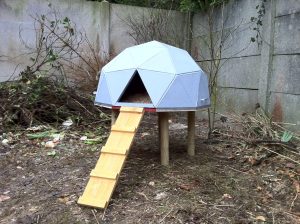
#13 Gopher Boy Farms
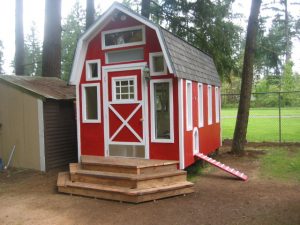
#14 South City
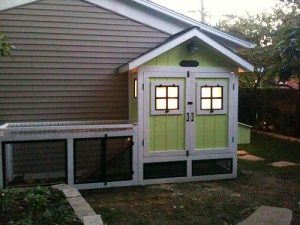
#15 Rural Rehatch
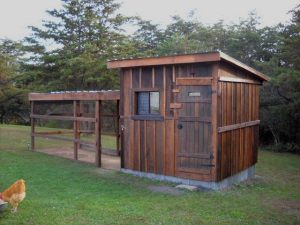
#16 Chicken Shed
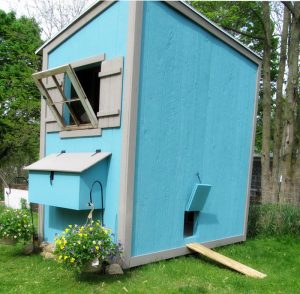
#17 Car Coop
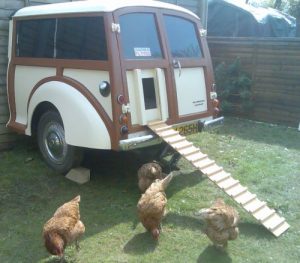
#18 Palace Coop
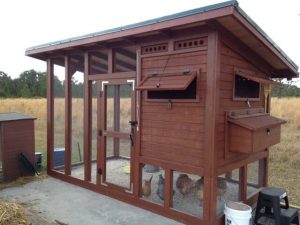
#19 Barn Geek
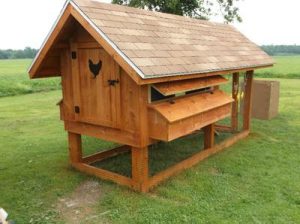
#20 Upcycled Swing Set
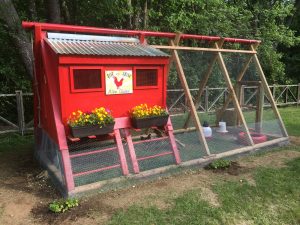
#21 The Egg Plant
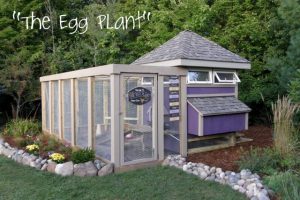
#22 Easy Coop
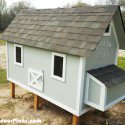
#23 Down East
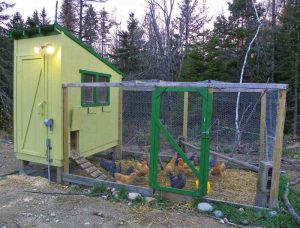
#24 Le Palais De Poulet
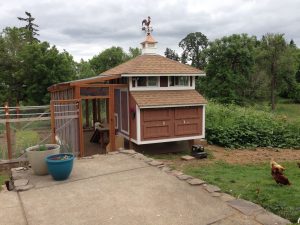
#25 DIY Coop
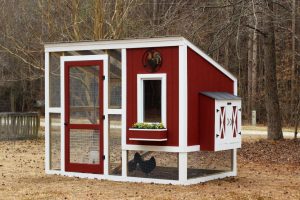
#26 Noyolks Chicken Coop
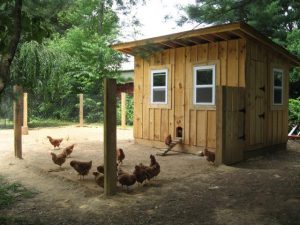
#27 Minnesota Coop
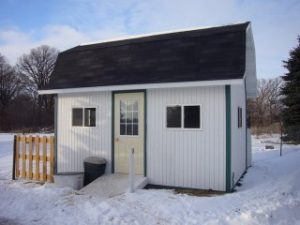
#28 Mid Life Crisis Coop
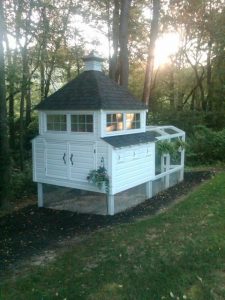
#29 Fowl Play
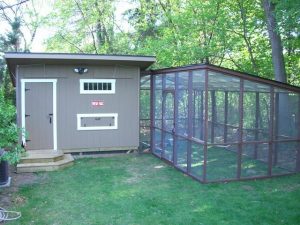
#30 Hennebunkport
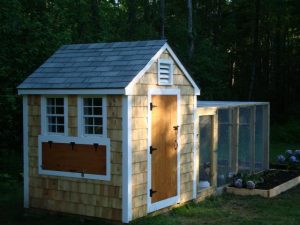
#31 Chicken Mansion
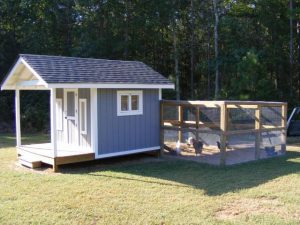
#32 Lady Goats
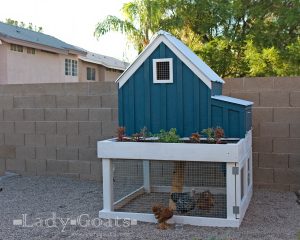
#33 Tinkering Labs
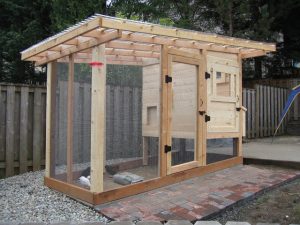
So you’ve seen the pictures, scoured the web and you’ve decided you want to finally build a chicken coop. There are so many options, so many questions. First, let me say, you can do this. Keep reading. Trust me, I’m no engineer or architect. Put some blueprints in front of me and I might as well be reading a foreign language. But these chicken coop plans are clear, with a lot of pictures, and are easy to follow.
As you look at chicken coop plans, remember every chicken coop has some basic requirements.
- Protection from the elements
- Enough space for everyone
- Ventilation (but not drafty)
- Safety from predators
- Able to be cleaned and sanitized
So kick back, read the basics, find a chicken coop plan you like and lets get you building!
Let’s Go Over the Basics:
Protection From The Elements
This is pretty self explanatory. Chickens need a roof over their heads. Luckily, they aren’t very picky. They don’t care about your color scheme, if the trim is just right or if the furnishings are shabby chic.
Enough Space For Everyone
How much space do you need per bird is a very popular question. Generally speaking, you are going to want a minimum of 2 square feet of coop space and 4 square feet of run space for bantam chickens. For standard sized chickens, you will want 4 square feet of coop space and 8 square feet of run space.
Things to consider: these are minimums! A reason backyard chicken eggs taste so good is because backyard chickens have enough space to roam. Also, chickens can be addicting. At my house, once we started with chickens, we added more!
Ventilation
Ventilation is very important for several reasons. In warmer months, it allows warm air to escape, helping cool the coop. In colder months, it allows moist air to escape. Chickens have moisture in their breathing and also in their droppings. Moisture in the coop puts your ladies are risk of frostbite on their combs and wattles. Also, you want to vent out the chicken poop smell!
There are several ways to ventilate. You can put vents in the ceiling or high wall, a high placed window, or in the eaves (like on your house). Make sure that your coop is draft free, especially for colder months. A draft is an uncontrolled air flow and it will blow away the warm air that chickens are using to keep warm.
Safety From Predators
Do you have coyotes in your area? Or weasels? Fox? The list goes on and on. Some basic steps will go far in protecting your flock.
Pro Tip: don’t use chicken wire on windows, openings, runs, etc. It’s great for chickens but not bigger critters and other predators. Instead, use hardware cloth (wire mesh). It’s thicker and has smaller openings.
In our last run, we buried the bottom board a couple inches. That way critters couldn’t dig and get in underneath. You may need a hardware cloth roof as well. It depends on what predators you have in your area.
Able To Be Cleaned and Sanitized
Your coop can be tall enough for you to walk in or short enough for just the gals. You can have a full size door or even a removable roof. It’s all your choice.
Chickens poop a lot in the coop at night. You can use poop boards, containers, or even sand. You will need access to clean this out.
What Else?
There are a few other basic things your ladies are going to need.
Chickens like to sleep up high. Heavier birds don’t fly very well so consider that. We had exposed roof joists in one coop and several of our girls liked to fly up there and roost. But generally, have a roosting bar a foot or two off the floor works great. A 2×4 board, layed flat, makes a great roosting bar.
Chickens need a place to lay eggs. Hopefully they lay in a nesting box, unless you like daily egg hunts. If you nesting box is higher than your roosting bar, you might have some roosting where ladies should be laying. We’ve done external nesting boxes with a lifting lid as well as wide metal buckets for nesting boxes. Both worked great and you will soon find out that one is very popular. But make sure you have one box for every 4-5 birds.
Pro Tip: Don’t put a nesting box below you roosting bar (see previous poop comment).
Don’t forget feeders and waters. Waters inside the coop can raise the moisture level, so pay attention to that. Hanging a feeder is a convenient way to be able to raise/lower the feeder when your flock gets older.
Conclusion:
I’m excited for you! The great thing about building your own coop is you can completely customize it. Make it match your house or upcycle from materials you have around the house. It can be as cheap or expensive as you want.
Make sure you know the rules for chickens in your area. HOA or city ordinances sometimes limit heights of coops or number of chickens. If you need to dig, make sure you have utilities located so you don’t get flooded or zapped.
Now scroll through the chicken coop plans and get building! Remember to share this post on social media. Sharing is caring and helps us keep growing here at BackyardChickensHQ.
